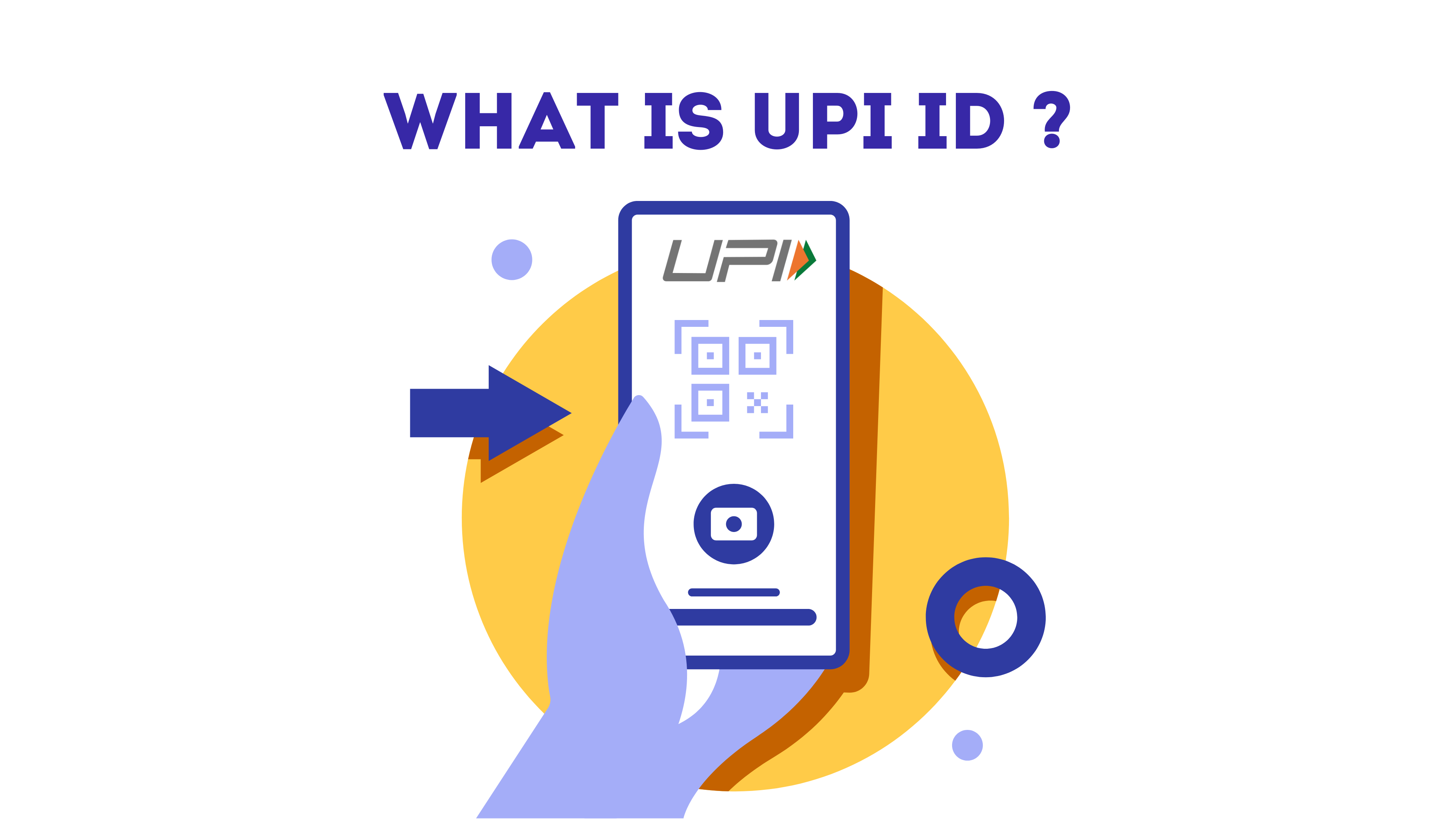Content
- What is UPI ID?
- Importance of UPI ID in Digital Transactions
- Steps to Find Your UPI ID in Popular Apps
- Troubleshooting Common UPI ID Issues
- Multiple UPI IDs Linked to One Account?
- Conclusion
Let’s face it, digital payments have completely transformed how we handle money. And in India, one of the biggest game-changers is UPI, short for Unified Payments Interface. It’s quick, easy, and used by millions every day. But there’s one piece of the puzzle that makes UPI tick: the UPI ID. Whether you’re splitting a dinner bill or transferring money to family, your UPI ID is doing the heavy lifting behind the scenes.
In this guide, we’ll dive into what a UPI ID actually is, why it matters, how to find it in different apps, and what to do if something goes wrong.
More Articles to Explore
- Difference between NSDL and CDSL
- Lowest brokerage charges in India for online trading
- How to find your demat account number using PAN card
- What are bonus shares and how do they work?
- How to transfer shares from one demat account to another?
- What is BO ID?
- Open demat account without a PAN card - a complete guide
- What are DP charges?
- What is DP ID in a demat account
- How to transfer money from demat account to bank account
Disclaimer: Investment in securities market are subject to market risks, read all the related documents carefully before investing. For detailed disclaimer please Click here.
Frequently Asked Questions
In the Google Pay app, click on your image in the upper right corner. Then, select the bank account whose UPI ID you want to use.
Both net banking and UPI transactions are secure. However, UPI transactions are much more straightforward than net banking.
UPI ID stands for Unified Payments Interface Identifier. It is a unique virtual payment address assigned to each UPI user, allowing them to send and receive funds securely.
Yes, UPI IDs are unique for each user. Each UPI ID is linked to a specific bank account and serves as an identifier for making UPI transactions.
The process of filing a complaint may vary depending on the specific UPI-enabled app. Most apps provide customer support or helpline numbers to address any issues or complaints regarding UPI transactions.
It is generally safe to share your UPI ID as it does not reveal any sensitive information such as your account number or banking details. However, it is crucial to keep your UPI PIN confidential and not share it with anyone.
No, a bank account is required to use UPI. UPI relies on the infrastructure of participating banks to facilitate fund transfers and other transactions.
While a debit card is commonly used to link a bank account to UPI, it is not mandatory in all cases. Some banks allow users to link their accounts directly without a debit card.
UPI ID is not directly assigned by the bank. Users can create their UPI IDs through UPI-enabled apps or platforms provided by their respective banks or third-party payment apps.
To use UPI, you typically need a smartphone, a bank account with an Indian bank, a registered mobile number linked to the bank account, and a UPI-enabled app installed on your device.
The process to recover your UPI PIN may vary depending on the UPI-enabled app you are using. Most apps provide options like "Forgot UPI PIN" or "Reset UPI PIN" within their settings or profile sections. Follow the instructions provided by the app to recover or reset your UPI PIN securely.



